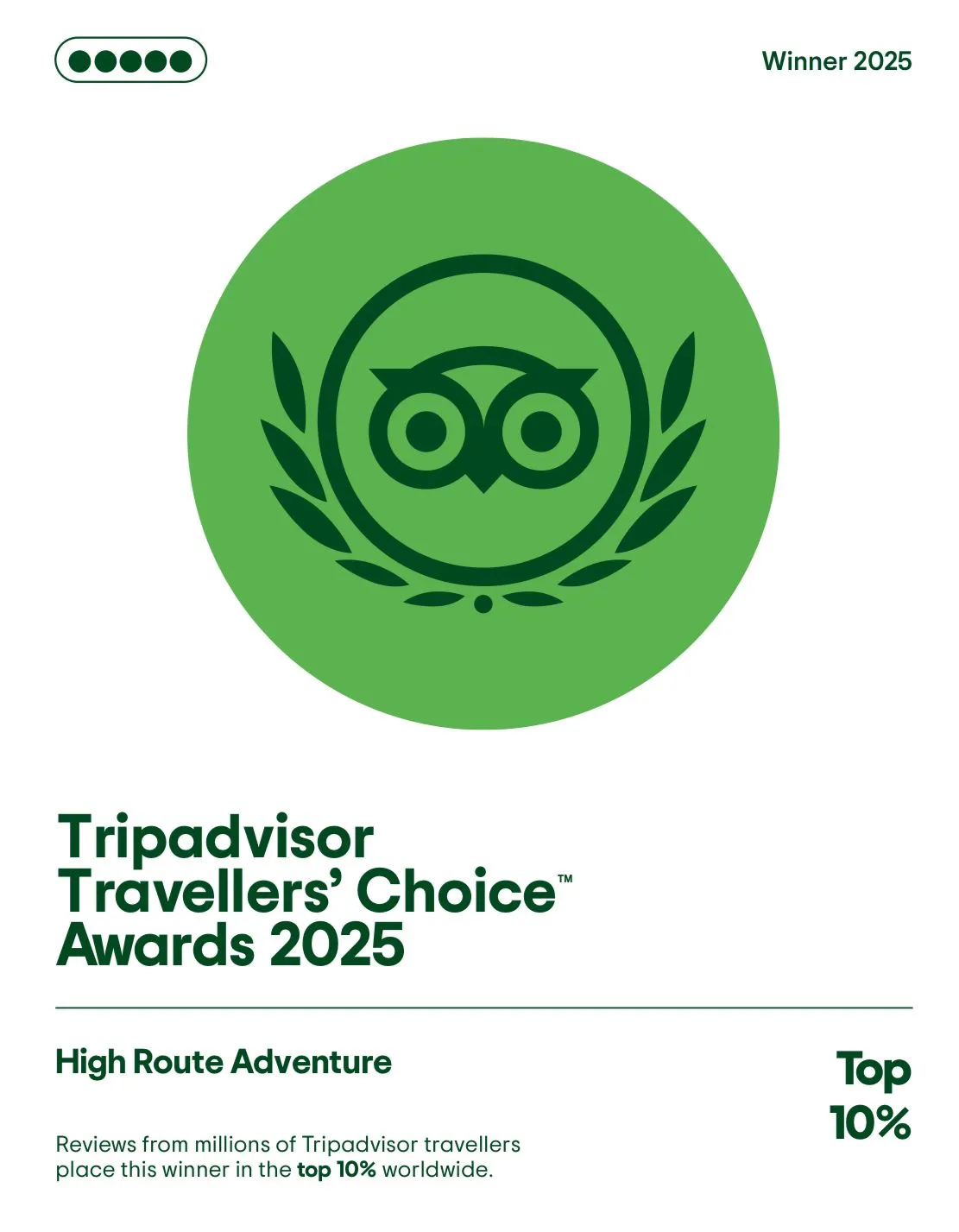The 10 Major Festivals of Nepal

‘a land of colorful festivals and various exciting religious-cultural events’
The 10 Major festivals of Nepal, a country of colorful religious and cultural events with more than 60 ethnic groups. Nepali is the national language, as well 70 different native dialects are spoken, a blend of both Hindu religions and Buddhism religions.
Nepal is situated between Tibet / China in the North and Indian in the South, West, and East. The 10 Major Festivals of Nepal take place nearly all year round, as well as smaller events of different ethnic tribes.
The country a blend of Hinduism and Buddhism religions celebrates more than 50 festivals major or minor events. All festivals are related to merriment and joyous moments with religious backgrounds and of cultural heritage.
From the Far East to Western Nepal, visitors can experience various types of culture and customs, as well as different festivals. Every region has its own special events due to varied tribes of people, which makes Nepal an interesting country to visit.
Major Festivals of Nepal, are celebrated throughout the country the most important part of all Nepalese life. Besides big festivals, there are many smaller events among tribal communities, from the high Himalayas to the south area of the Terai belt.
This program presents Major Festivals of Nepal, apart from many various events that take place all around the country. The national festivals have fixed dates, religious festivals are set by astrologers following the lunar calendar on an auspicious day.
Table of Contents
Dashain/Dashera Festival:

The main major and important for all Nepalese around the world is Dashain also known as Dashera. Celebrating victory over devil or evil takes place in the month of late September or in October. As per the Nepalese Hindu Lunar calendar, one of the longest and most chief festivals of Nepal and for all Nepalese.
Although a major festival, the event is celebrated at home with families and friends, the clear blue Nepalese sky is filled with colorful kites and the marketplaces are crowded with farmers bringing goats, buffaloes, ducks, and Chickens for selling.
Dashain festival begins after domestic animals, chickens are sacrificed on the night of ‘Kal Ratri’ in respect to goddess Durga. Celebrating the victory over evil and demons, on the day of Dasami the main day of the festival.
Everyone is dressed in new clothes for the occasion and pays homage to honor the elders, where they get blessed. The elder member of the family blesses all putting ‘Tika’ of raw rice mixed with curd of vermilion.
Then it’s party time the following days of Dashain, families, and friends unite, feasts are consumed. Nepal’s most beloved festival ends on the last day at full moon, then welcomes the Tihar festival.
Tihar/Diwali Festival of Lights:

Tihar another important festival simultaneously falls within a few weeks, after Dashain, known as the festival of lights. Observed at the end of October or in the first week of November months as per Hindu Lunar calendar.
Tihar or Diwali is the second big festival of Hindus in Nepal, also known as the festival of lights. Where every house and street is lighted brightly at night with candlelight’s, oiled wicks on a small clay bowl. The houses are decorated with a garland of marigold flowers to welcome the Laxmi goddess of wealth and fortune.
Where girls and boys join in singing carols to raise funds at every house, to celebrate another festival Bhai Tika. This takes place on the last day of Tihar, which is the day when sisters offer and bless their brothers. Tihar starts with crow and dogs day where people offers special food for the domestic animals.
The main Tihar is the day when every household worship cow as a manifestation of goddess Laxmi, one of the best festivals of Nepal to observe.
The Buddha Jayanti (Birth Anniversary of Lord Buddha):

The date as per the Nepalese calendar which falls around May in the full moon is the day ever benevolent Buddha was born in Lumbini-Nepal.
Lord’s birth, enlightenment, and salvation took place on the same day of a full moon the occasion is applauded throughout the valley and around the main Buddhist areas of Nepal with celebrations. The main place of celebration takes place at Swayambhunath and Bouddhanath Stupas, a great event to observe around the monasteries. In Nepal a public holiday for this auspicious event on Buddha Jayanti the birth anniversary of Lord Buddha.
Janai Purnima/Rakshya Bandhan & Gai Jatra
A holy, auspicious event especially for Hindu men and boys, is the day to change their holy threads with a homely ceremony. As well as visiting Himalayan holy lakes and ponds for a dip and bath in August. According to the Hindu Lunar calendar which falls in the full moon time. Where most Hindu men and women also wear a holy thread on the wrist and get blessed by the priest. At the same time, it is a day of blessing to brothers by sisters, by putting a colorful fancy paper-made bracelet.
Gai Jatra is one of the joyous events, in remembrance of the deceased person to make the departed soul to the gates of Heavenly Paradise.
The festival takes place in August as per the Hindu and Nepalese calendars. Especially around the three cities of Kathmandu Valley that including Patan / Lalitpur and Bhaktapur. The native of the valley Newar people celebrate this occasion which started during the regime of the Malla Kingdom dynasty.
A procession is held around the town and city streets young kids dressed in comic
Teej- Festival of Women:
Another great event, especially for women, is Teej falls in August as per the Hindu calendar, Teej is celebrated for three days in honor of Lord Shiva and the long and healthy life of the husband. Spinsters or unmarried young girls also observe Teej getting the right, good dream husband.
Teej celebrations start with great meals and then fasting to the last days. Traditional folk dances and songs make an important feature on the ever of Teej celebrations. One can notice women wearing red or bridal costumes, considered an auspicious color for women observing Teej.
Shree Krishna Janmashtami (Lord Krishna Birth Anniversary):
Interesting to know most festivals fall during August as per the Hindu and Nepalese calendar. On the birth anniversary of Lord Krishna, Hindu devotees observe remaining awake the whole night performing religious rites dancing, singing in praise of Lord Krishna. Krishna is also a reincarnation of Lord Vishnu taking re-birth to fight over evil.
Fagu Purnima – Holi (Festival of colors):
Celebration to welcome the spring season, a colorful event that falls during mid-February or at the beginning of March as per the Hindu / Nepalese calendar.
Fagu Purnima or Holi as well the festival of playing with colors marks the end of the winter season. To rejoice the starting of spring. Where people share a token of friendship and put different colors on each other.
Indra – Jatra:
A festival to honor the rain god showing gratitude for a rich harvest, after a timely good shower of monsoon rain yielding good crops. A week-long event and festival of Indra-Jatra, which takes place in September month as per Hindu and Nepal’s own calendar. The events start hoisting Lord Indra’s flag (Indra-Dhoj) at midnight and faces of Bhairavas deities, displayed in main public places.
The main festival is held at Kathmandu’s Durbar Square this great celebration honor to “King of Heaven” or Indra’s Dhwaj, a flag, is erected on the first day.
This is the day Goddess Kumari observes the festival from her chariot, and the public gets a blessing as well the late royal family or present head of the country.
Maha Shiva-Ratri (Birth Anniversary of Lord Shiva):

The festival and celebration to honor the birth anniversary of Lord Shiva, the main hub of the event are at the holy temple of Pashupatinath. Where thousands of devotees and pilgrims pay homage to get blessed by the priest.
The religious festival of Hindu’s held around the end of February or the first week of March as per the Hindu calendar. Lord Shiva, the most popular god for the Hindu followers, where Sadhus (hermits) imitate Shiva with ashes over their bodies.
Besides the main event at Shiva temples, people celebrate with bonfires and share food and have merriment singing songs and dancing throughout the Pashupatinath complex and in the streets.
Losar Tibetan Buddhism New Year:
Losar is a new year for Tibetan Buddhism followers, in Nepal especially the high hills and mountain people celebrate this great event in their own special way.
Losar is celebrated in several ways and on different days as per the tribe who practice Buddhism. Like Tibetan, Sherpa, Gurung, and Tamang have their own auspicious day to celebrate the occasion. However, the day and the year are the same for all Tibetan Buddhists as well in the Chinese calendar. The celebration takes place visiting the monasteries for blessing, having a party with friends and family.
The festival of New Year starts from the end of December to February as per tribal wise, however, the year at present 2021 is the year of the OX and lasts till the end of the year till February 2022 which will be the year of the Tiger.
Posted on








